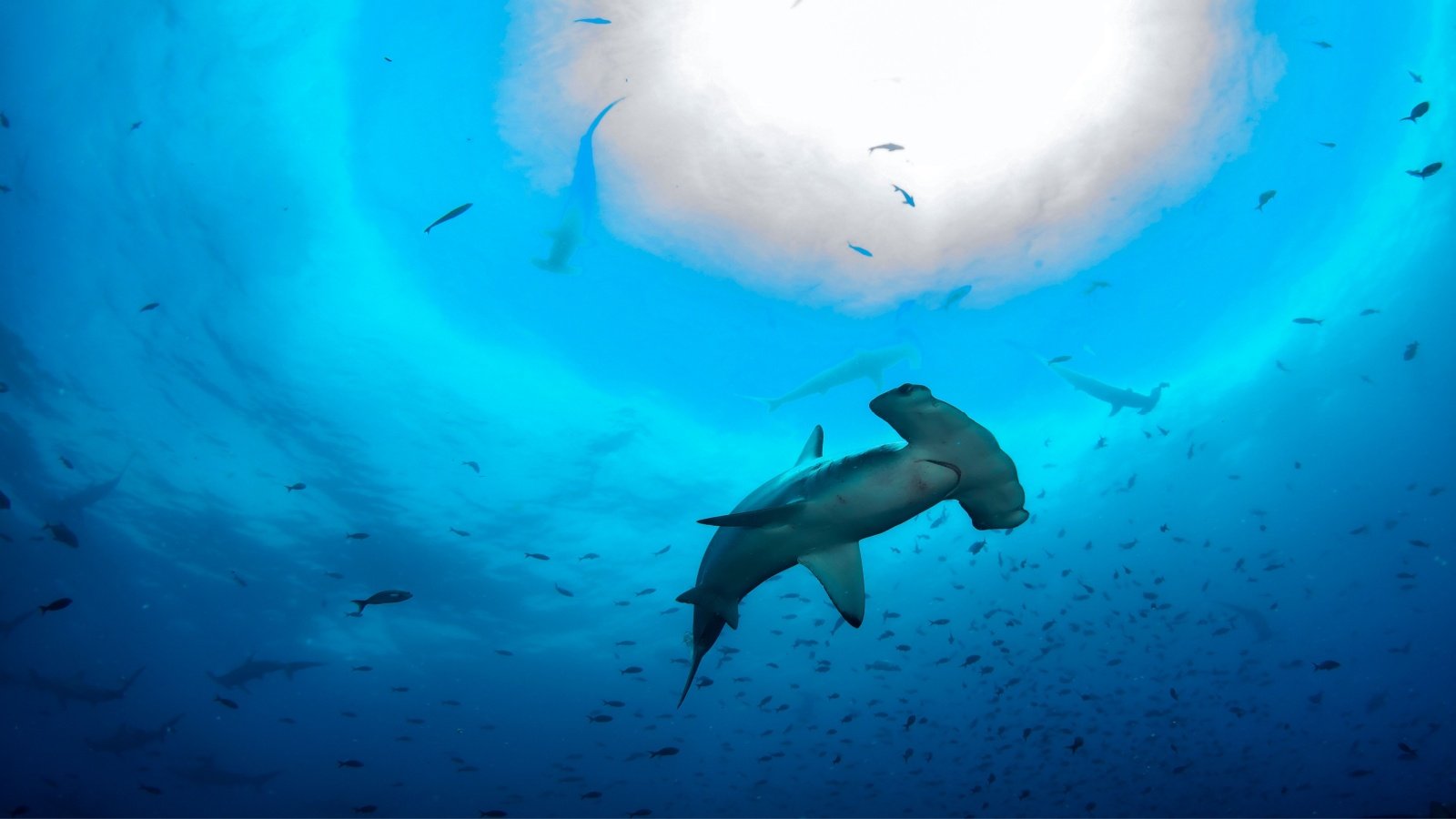The warm waters of the Pacific Ocean are home to some of the fiercest predators on the planet.
From the great white shark to the blue-ringed octopus, these creatures dominate their environments with remarkable adaptations and survival strategies. These predators thrive in a diverse and dangerous ecosystem where only the strongest survive.
Here’s what you should know about the most deadly animals lurking beneath the Pacific’s waves.
Box Jellyfish

The box jellyfish is notorious for being one of the most venomous marine creatures in the Pacific Ocean. Its sting can cause extreme pain, paralysis, and even death within minutes if medical help is not sought immediately. The transparency of its bell-shaped body makes it particularly dangerous to swimmers, who may not see it until it’s too late.
Great White Shark
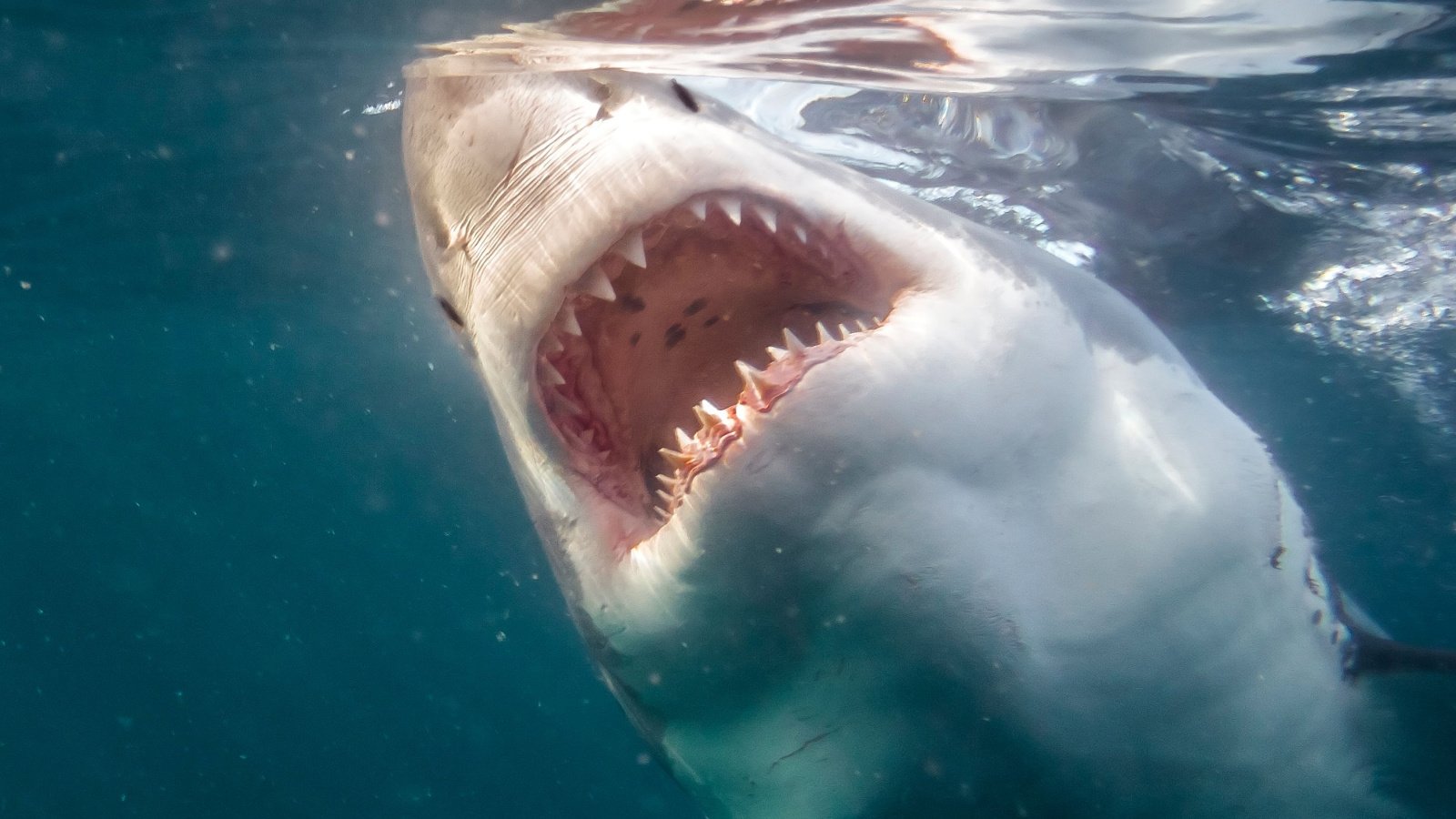
Known for its size and predatory skills, the great white shark is a fearsome predator in the Pacific waters. It preys on a variety of marine animals, using its powerful jaws lined with several rows of sharp teeth. While attacks on humans are rare, they can be fatal, earning the great white a fearsome reputation.
Blue-Ringed Octopus

Small but deadly, the blue-ringed octopus carries enough venom to kill 26 adult humans within minutes. Its venom contains a powerful neurotoxin that can cause respiratory failure and paralysis. Despite its lethal nature, this octopus is only aggressive if provoked.
Saltwater Crocodile
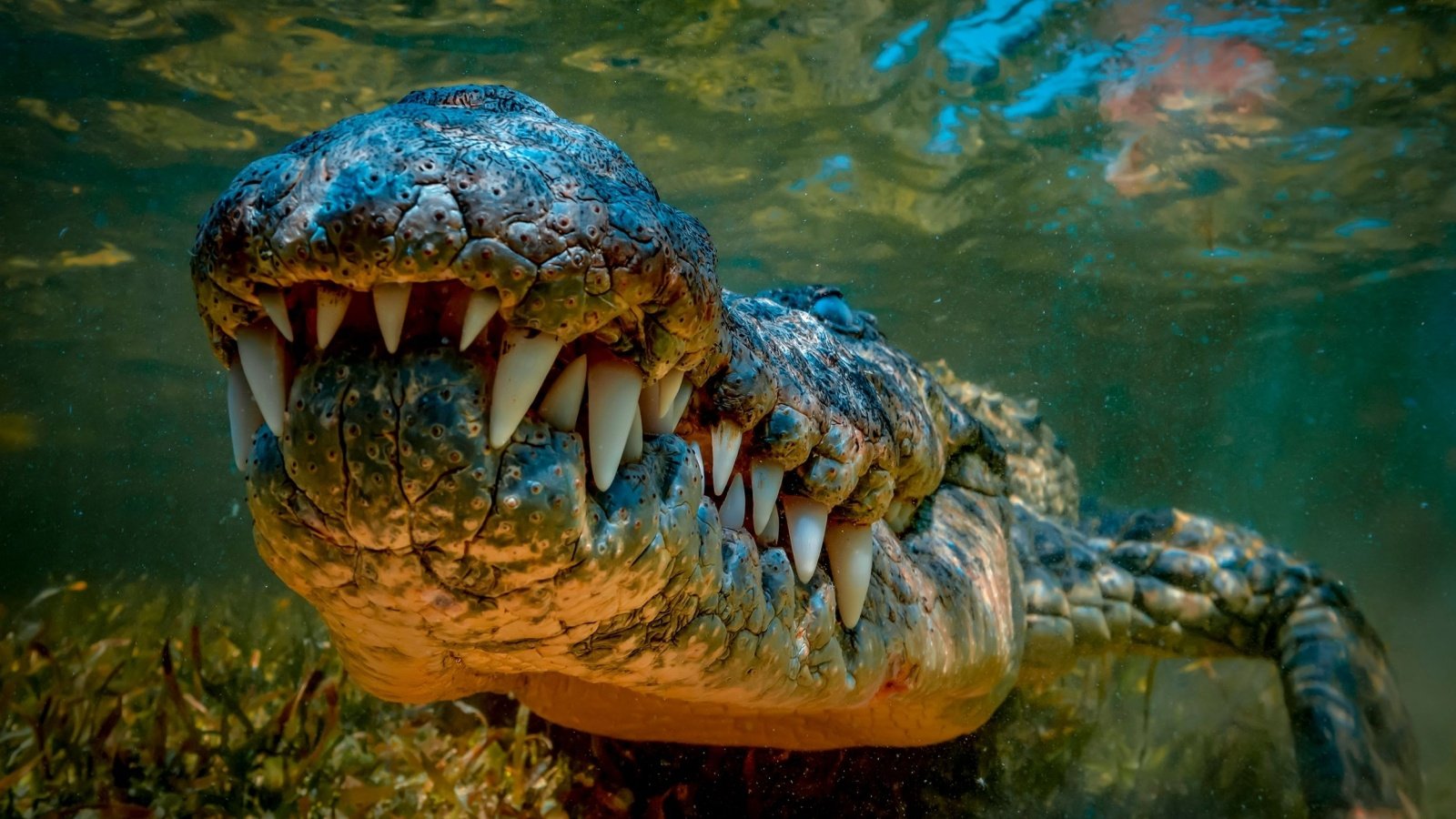
The saltwater crocodile, found in mangrove and estuary regions across the Pacific, is the largest of all living reptiles. This apex predator can become aggressive if threatened and is capable of taking down large prey, including humans. Their powerful bite, speed in water, and stealth make them especially dangerous.
Tiger Shark
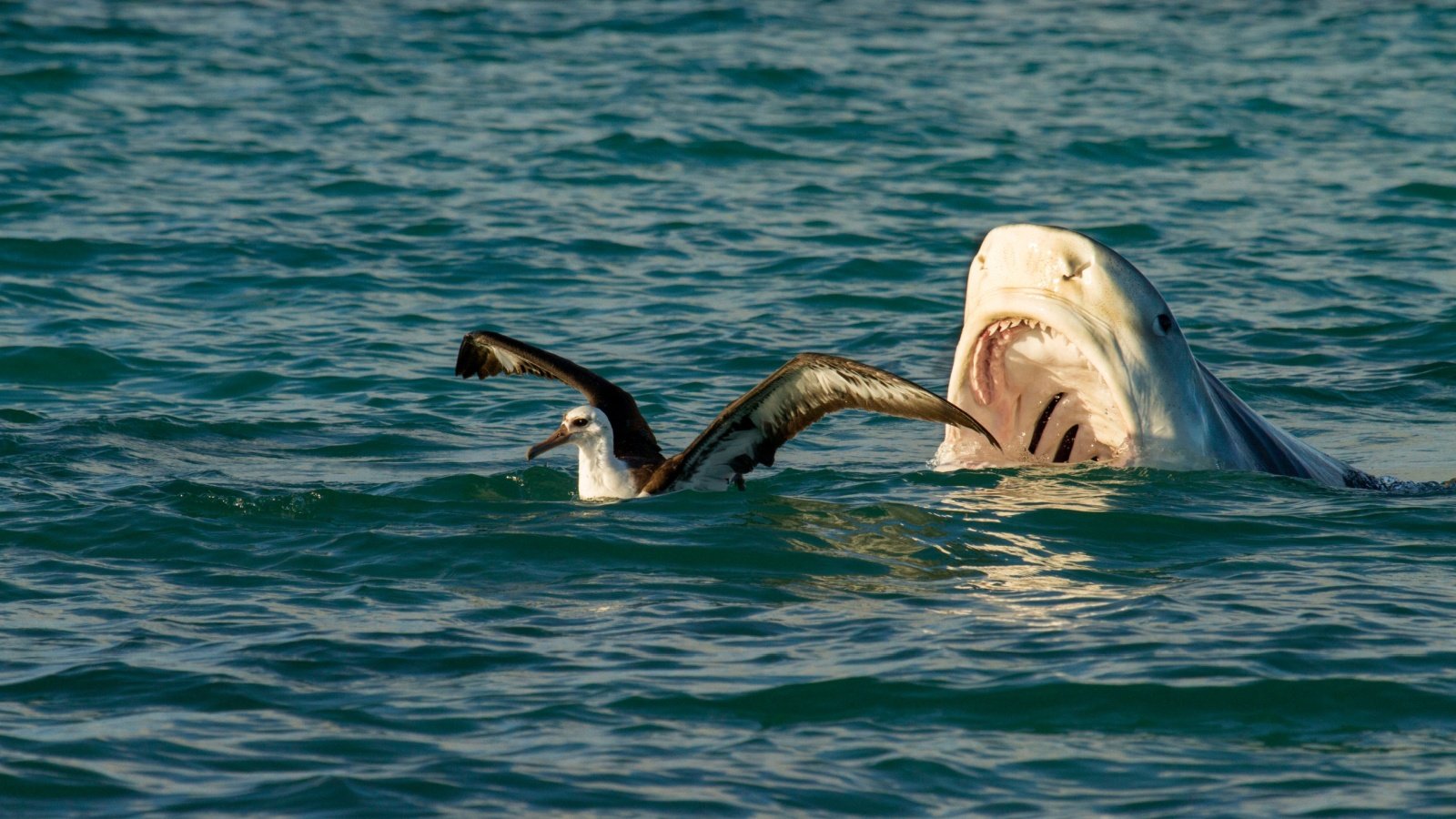
The tiger shark is known for its indiscriminate eating habits and is second only to the great white in recorded fatal attacks on humans. Its name derives from the dark vertical stripes on its body, which fade as it matures. These sharks are often found in deep waters and are known for their curiosity and powerful bite.
Cone Snail

Cone snails are small, deceptive killers with a potent neurotoxic venom that can be fatal to fish and humans alike. They use a harpoon-like tooth to inject venom that can cause intense pain, swelling, and, in severe cases, death. Divers and beachgoers in the Pacific are warned to avoid handling these beautiful but deadly creatures.
Stonefish
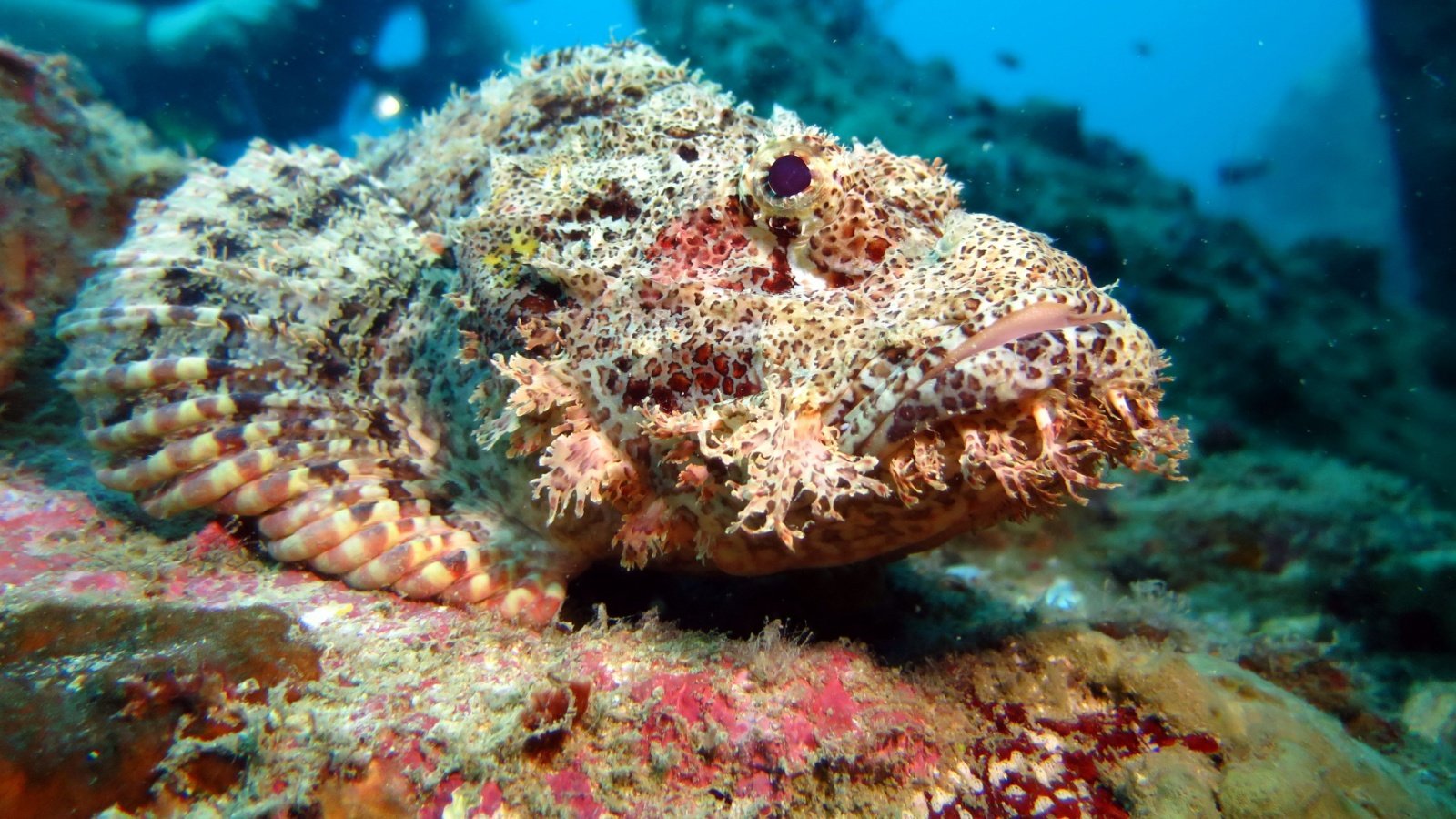
Regarded as the most venomous fish in the world, the stonefish lives on the ocean floor, camouflaged as a rock. It injects venom from dorsal fin spines that can cause severe pain, swelling, and even death if not treated promptly. The stonefish’s ability to blend in with its surroundings makes it particularly hazardous to unsuspecting swimmers.
Stingray

Stingrays, while generally docile, can deliver a venomous sting when threatened, typically using the sharp barb at the tail’s end. This defense mechanism can cause excruciating pain and serious injury, and in rare cases, it has been fatal. Swimmers should shuffle their feet when entering the water to avoid stepping on a stingray.
Moray Eel

Moray eels possess powerful jaws and sharp teeth, capable of inflicting serious injuries to humans and other marine life. They are usually not aggressive unless provoked. Divers often encounter these eels peeking out from rocky crevices and coral reefs.
Bull Shark
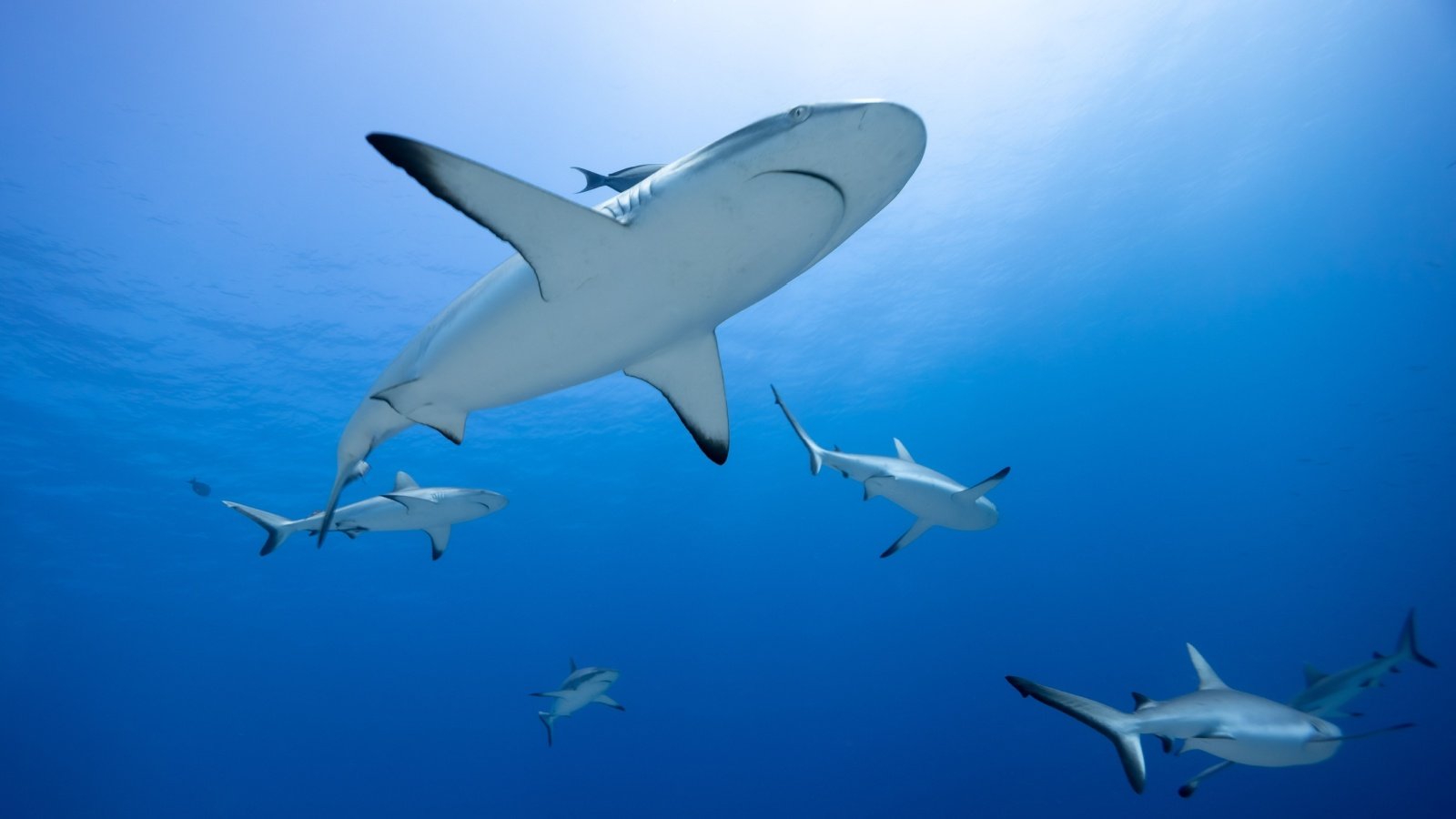
Bull sharks are unique among sharks for their ability to thrive in both salt and freshwater, making them particularly dangerous. They are aggressive, unpredictable, and frequent shallow waters where people often swim. Their ability to travel up rivers has led to attacks far from the ocean.
Sea Snake

Highly venomous yet docile, sea snakes inhabit the warm coastal waters of the Pacific and are equipped with neurotoxic venom. They seldom bite unless provoked, but their venom can cause muscle weakness, paralysis, and renal failure. Fishermen and swimmers should handle them with extreme caution.
Leopard Seal

Leopard seals, though primarily found in Antarctic waters, are occasional visitors to lower Pacific regions and are top predators. They are known for their aggressive hunting behavior, targeting penguins and smaller seals. While human interactions are rare, leopard seals can be very dangerous if threatened or provoked.
Yellow-Bellied Sea Snake

This sea snake, with its distinctive yellow underside and pelagic lifestyle, floats on ocean currents, including those in the Pacific. Its venom is highly toxic and can cause heart failure. Encounters with humans are rare due to its open ocean habitat, but the potential for danger is significant.
Portuguese Man o’ War

Often mistaken for a jellyfish, the Portuguese Man o’ War is a siphonophore—a colony of organisms working together. Its tentacles can stretch up to 50 feet and deliver a painful sting that can cause shock and, in extreme cases, fatality. Its float can be spotted at the surface, driven by winds and currents.
Barracuda
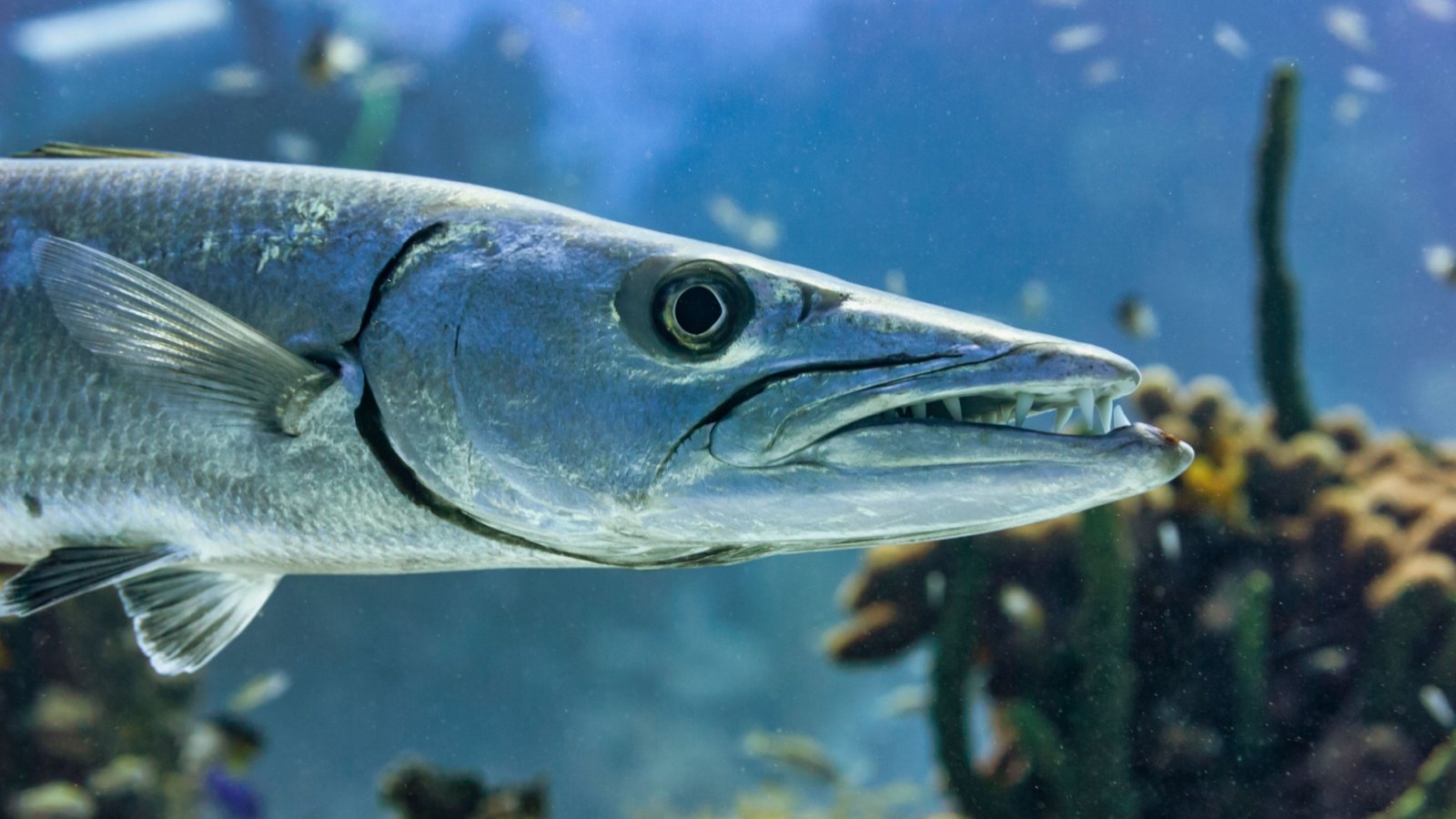
Known for their fearsome appearance and aggressive behavior, barracudas are fast swimmers and can cause serious injuries if they feel threatened. They are attracted to shiny objects, which can lead to attacks on divers and snorkelers wearing reflective equipment. Although rare, barracuda attacks can result in deep lacerations or even loss of limbs.
Crown-of-Thorns Starfish

This starfish prey on coral and can devastate reef ecosystems. Its long, venomous spines can cause painful wounds and allergic reactions in humans. The crown-of-thorns starfish has been a significant problem in the Pacific, particularly in outbreaks that damage coral reefs.
Red Lionfish

Native to the Indo-Pacific but invasive in other regions, the red lionfish is equipped with venomous spines that can deliver painful stings. These stings can cause severe pain, swelling, and, in some cases, cardiovascular issues. Divers and fishermen are advised to be cautious around lionfish and report sightings to help control their population.
Pacific Sea Nettle
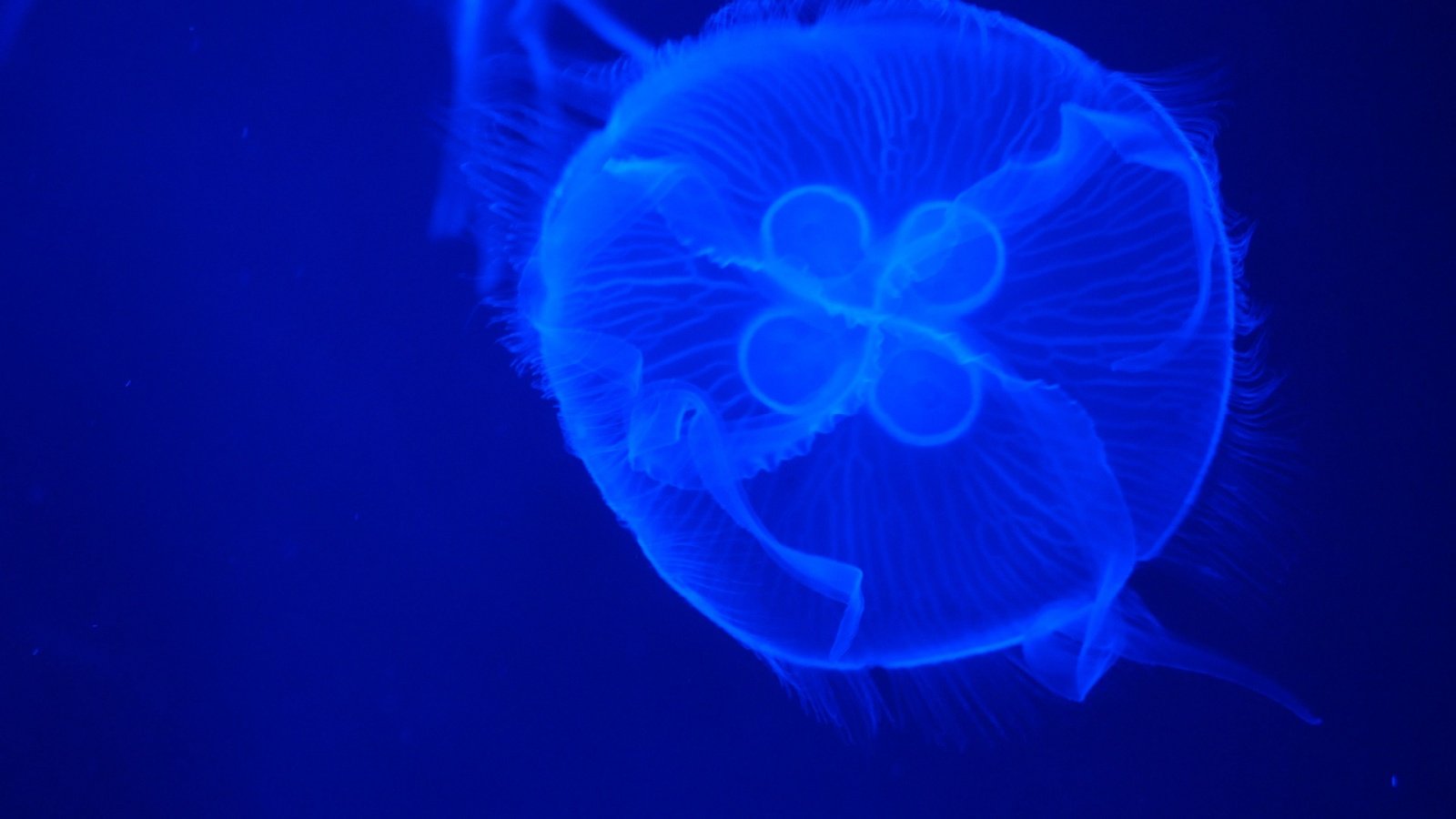
This species of jellyfish, common in the Pacific Ocean, has a powerful sting that can cause severe pain and irritation to humans. While not typically deadly, its sting can result in serious discomfort and allergic reactions. Beachgoers and swimmers should stay clear of sea nettles, which often drift close to shore.
Humboldt Squid

Also known as the “jumbo squid,” the Humboldt squid is known for its aggressive behavior and sharp beak, which it uses to subdue prey. While not commonly a threat to humans, there are reports of these creatures exhibiting hostile behavior towards divers. They are capable of rapid movement and coordinated hunting tactics.
Mako Shark
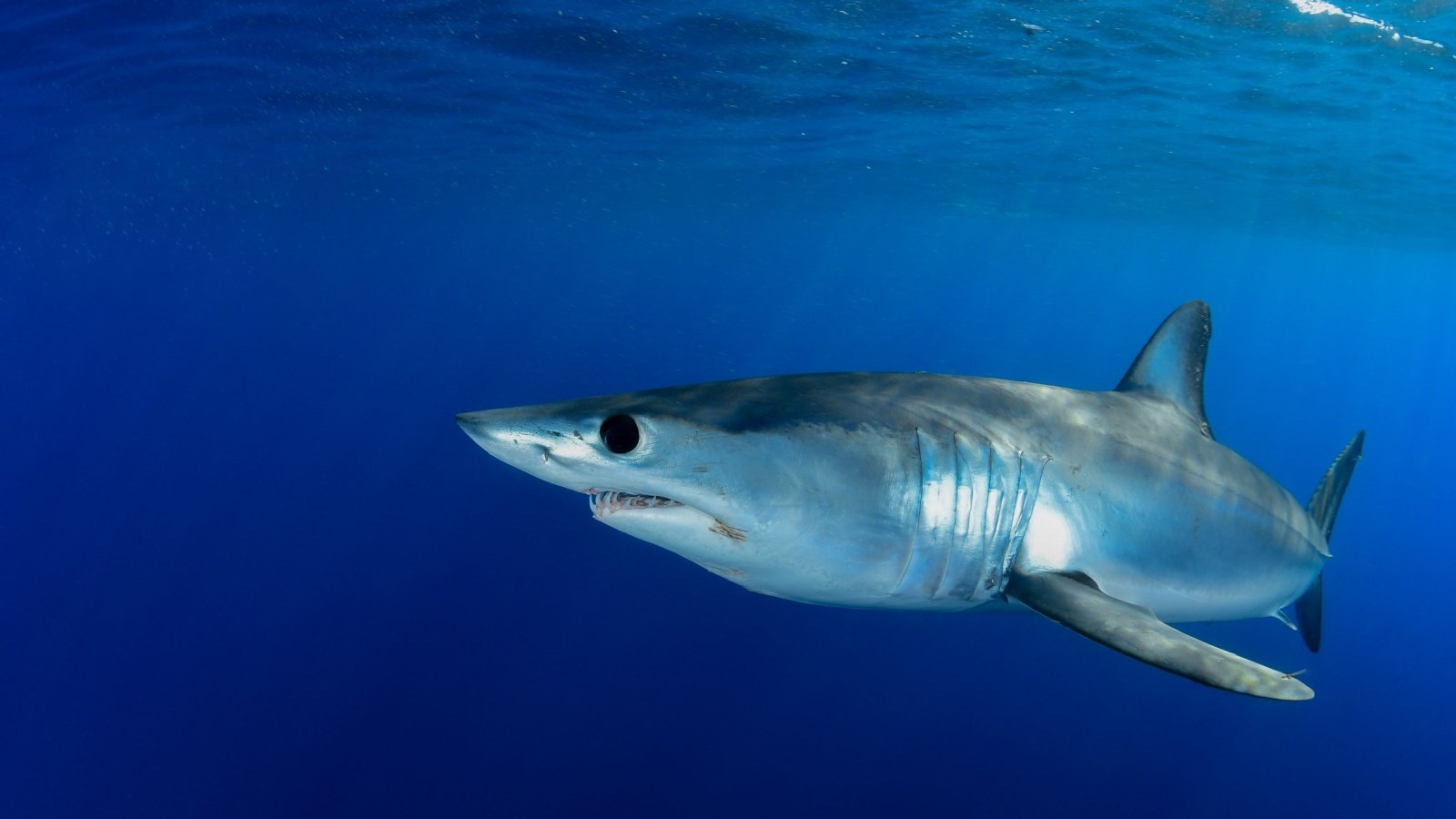
The shortfin mako shark, one of the fastest shark species, has been known to attack humans, though such incidents are extremely rare. Their incredible speed and powerful jaws make them formidable hunters. Encounters with mako sharks are most likely to happen by accident while fishing or spearfishing.
Giant Pacific Octopus

This intelligent and curious creature is the largest species of octopus. While not venomous or typically dangerous to humans, its strength and size can be intimidating. Divers have reported encounters where the octopus has shown curiosity, sometimes leading to unexpected interactions.
Chironex Fleckeri (Box Jellyfish)

This box jellyfish, often found in the Pacific waters around Australia, is considered the most venomous marine animal. Its sting is excruciatingly painful and can be fatal within minutes, causing cardiac arrest in severe cases. Swimmers in affected areas must be vigilant during jellyfish season and wear protective suits if necessary.
Pacific Hagfish

Though not dangerous to humans, the Pacific hagfish can create a choking hazard with its ability to produce a slime that expands in water. This defensive mechanism can clog the gills of predatory fish. While not a direct threat, their presence is unsettling, and they play a crucial role as scavengers in the marine ecosystem.



